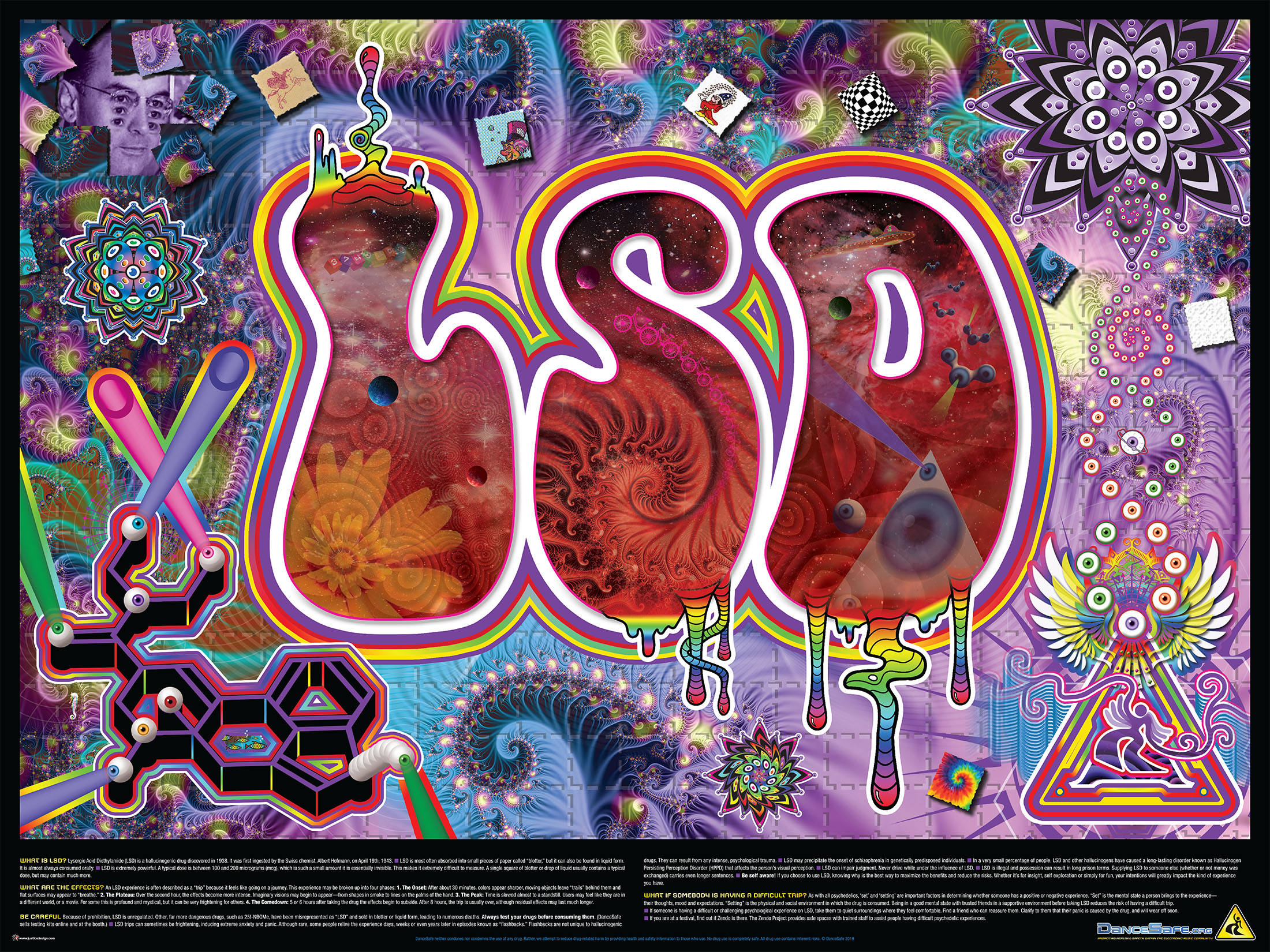

However, they were able to determine the best systems for the separation of reserpine/rescinnamine, ajamalicine/reserpinine, and other difficult cases. Court and Habib (1973) and Court and Timmins (1975) investigated about 300 solvent systems, but none of them was suitable for the clear separation of all the Rauwolfia alkaloids. The Rauwolfia alkaloids (the majority of which are β-carboline-type compounds) occur in plants in many variations, so that their clear separation from each other probably cannot be accomplished by conventional TLC methods with a simple solvent system. (1975) used an FID detector for the determination of a number of alkaloids, including strychnine and brucine, on sintered silica gel or aluminum oxide rods. (1970) determined numerous alkaloids densitometrically, including strychnine and brucine, using a fluorescence quenching method at 254 nm. The majority of QTLC methods are indirect ones. Mukherjee, in Quality Control and Evaluation of Herbal Drugs, 2019 8.12.6.3.3 Alkaloids of Tryptophan OriginĪmong the > 300 known Strychnos alkaloids, strychnine and brucine have been most extensively investigated.


 0 kommentar(er)
0 kommentar(er)
